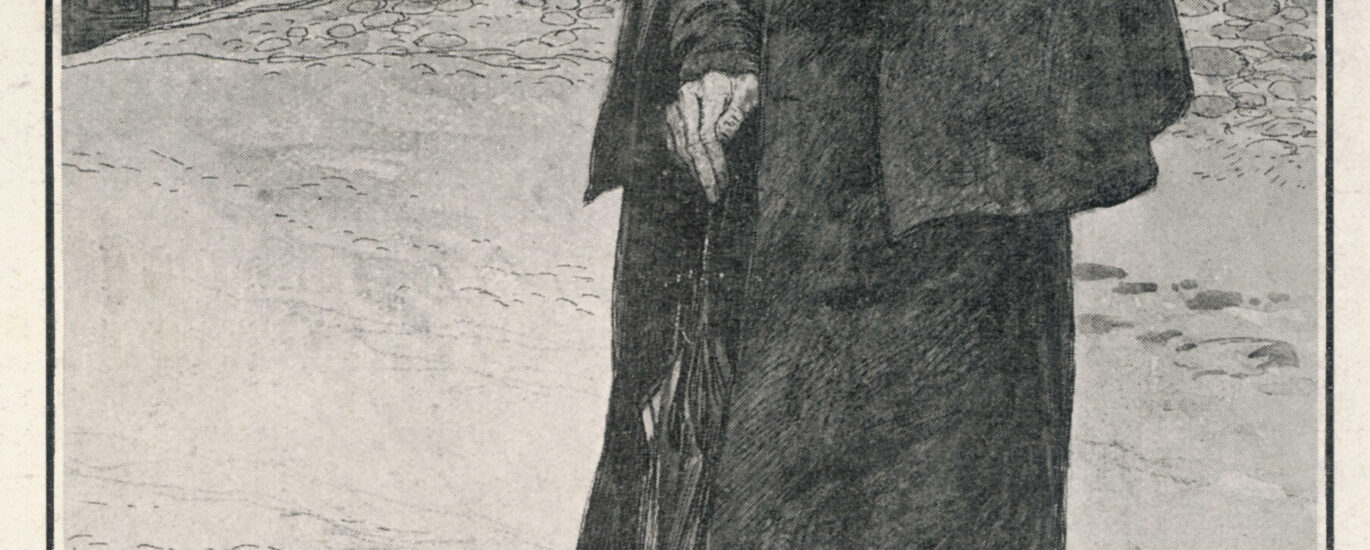Welcome to Lissadell House, where the echoes of Ireland’s rich literary and political history reverberate through time. As you explore this iconic estate, allow yourself to be transported back to a period when Ireland was a crucible of cultural and political change.
Lissadell House was constructed in the 1830s for the Gore-Booth family, an influential Anglo-Irish family. The house stands as a testament to the neoclassical architectural style, featuring a restrained yet elegant facade that was the hallmark of its era. The estate was designed by the eminent architect Francis Goodwin, who imbued the house with a sense of grandeur befitting its occupants.
As you meander through the grounds, you are walking in the footsteps of some of Ireland’s most distinguished figures. Lissadell was home to Constance Gore-Booth, later known as Countess Markievicz, a prominent figure in the Irish nationalist movement. Countess Markievicz was a key player in the 1916 Easter Rising, and she later became the first woman elected to the British Parliament, although she never took her seat.
The halls of Lissadell also echoed with the voices of literary giants. The great poet W.B. Yeats was a frequent visitor to the estate, drawing inspiration from its serene beauty and the vibrant intellectual atmosphere fostered by the Gore-Booths. Yeats’ famous poem ‘In Memory of Eva Gore-Booth and Con Markievicz’ poignantly captures the spirit of the sisters who once roamed these grounds.
Over the years, Lissadell House has served as a microcosm of Ireland’s broader cultural and political transformations. During the Irish Civil War, the estate became a focal point of tension, symbolizing the complex interplay between British rule and Irish independence.
Today, Lissadell House remains a beacon of Irish heritage, preserving the legacy of its past inhabitants while welcoming new generations to explore its storied halls. The estate’s vibrant history and cultural significance continue to attract visitors from all over the world, eager to experience the living history encapsulated within its walls.
As you conclude your visit, consider how Lissadell House stands as a testament to Ireland’s enduring spirit and its contributions to the global tapestry of literature and politics. Whether you’re reflecting on the courage of Countess Markievicz or the poetic genius of Yeats, Lissadell offers a unique window into the soul of Ireland.



